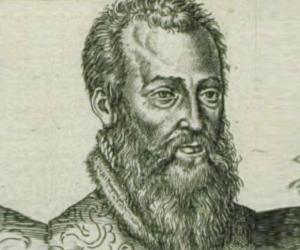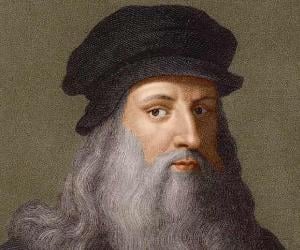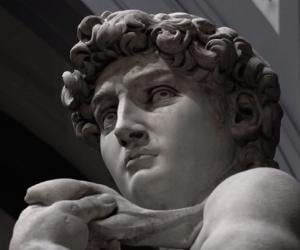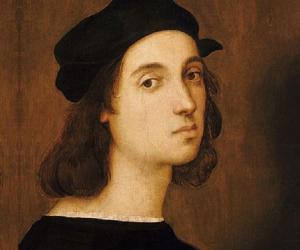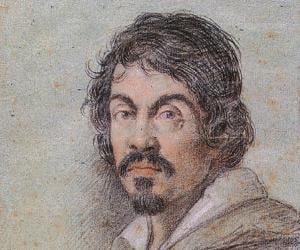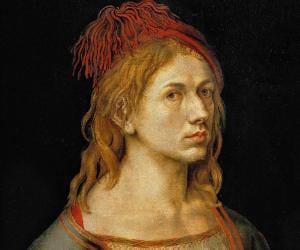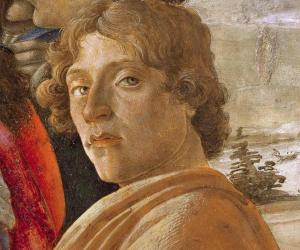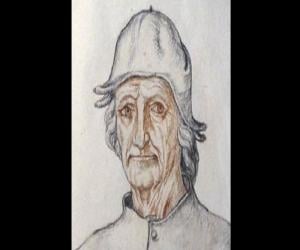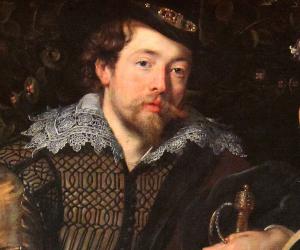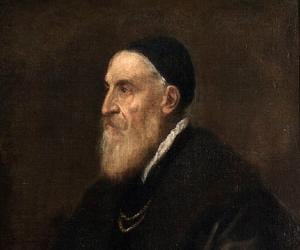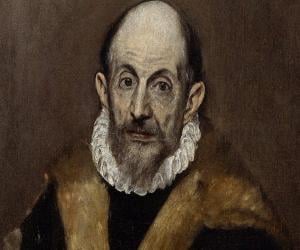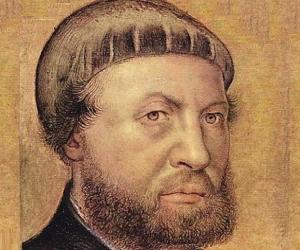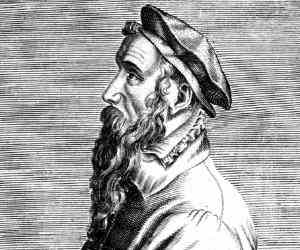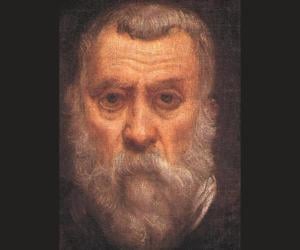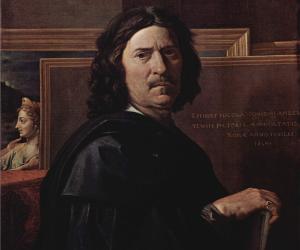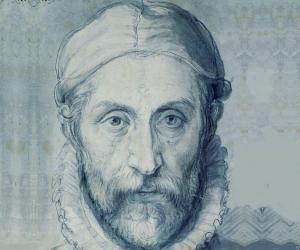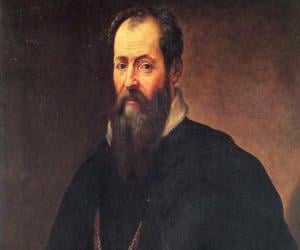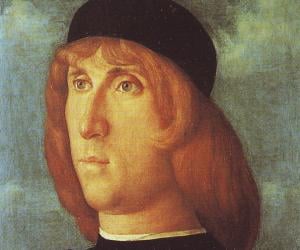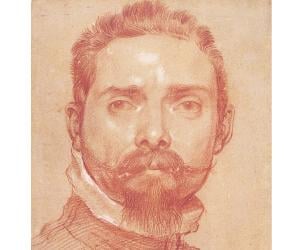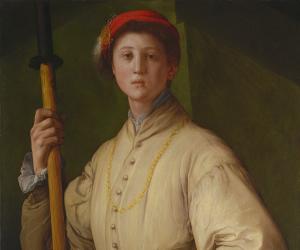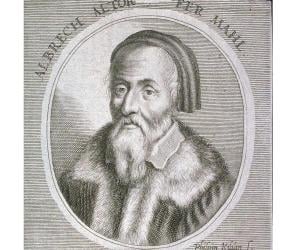Widely regarded as one of the greatest painters ever, Leonardo da Vinci was an extremely talented polymath. While his work The Mona Lisa became the most famous portrait, his drawing The Vitruvian Man became a cultural icon. A man well ahead of his time, Leonardo is also known for his notes on science and invention.
Italian sculptor, painter, architect, and poet Michelangelo was a prominent figure of the High Renaissance. He is credited to have influenced the Western art in unprecedented ways. He is widely regarded as the greatest artist of his age and one of the greatest artists of all time. He was equally revered and respected as an architect.
Italian painter and architect Raphael, along with Michelangelo and Leonardo da Vinci, formed the great trio who ushered in the High Renaissance. He is mostly known for his frescoes of the Vatican Palace and The School of Athens. He also designed the Chigi Chapel, among other structures in Rome.
Albrecht Durer was a German painter, theorist, and printmaker of the German Renaissance. During his 20s, Durer established his reputation as a popular printmaker across Europe, thanks to his high-quality woodcut prints. His popularity enabled him to work with major Italian artists like Leonardo da Vinci, Giovanni Bellini, and Raphael. Albrecht Durer also influenced generations of artists, especially in printmaking.
Peter Paul Rubens is considered the most influential artist of the Flemish Baroque tradition. He lived during the Dutch Golden Age. His style of art emphasized movement, color, and sensuality. He painted altarpieces, portraits, landscapes, and history paintings and also drew cartoons for the Flemish tapestry workshops. He was a classically educated humanist scholar as well.
Hans Holbein the Younger was a German printmaker and painter. Regarded as one of the 16th century's greatest portraitists, Holbein was also renowned for producing Reformation propaganda, satire, and religious art. Many of his portraits are now considered cultural icons. Holbein is also credited with contributing immensely to the evolution of book design.
Tintoretto, also known as Il Furioso, was a significant painter of the Venetian school and is remembered for his phenomenal speed of painting, his long strokes, and his depiction of humans in motion. His most notable works, such as Susanna in the Bath, embody Renaissance mannerism.
The founder of the French Classical tradition, painter Nicolas Poussin was initially influenced by Venetian art but later deviated to antiquity. Most of his paintings showcased historical, mythological, biblical elements but some were also inspired by landscapes and poetry. The Death of the Virgin remains one of his best-known works.
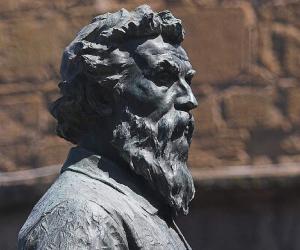
Benvenuto Cellini was a 16th-century Italian goldsmith, sculptor, draftsman, and artist. The multifaceted artist wrote poetry and a famous autobiography as well. An important figure in Mannerism, he is known for creating pieces, such as the Cellini Salt Cellar and Perseus with the Head of Medusa. He was a member of the prestigious Accademia delle Arti del Disegno of Florence.
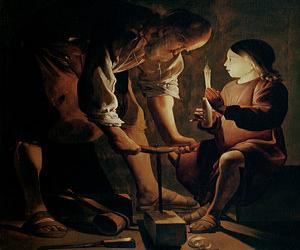
Giuseppe Arcimboldo was an Italian painter best remembered for painting human figures, especially portrait heads, without using conventional facial features. His pictures of human heads were often made of objects like vegetables, fruits, flowers, books, and fish. Giuseppe Arcimboldo's works have influenced artists like Salvador Dalí, Shigeo Fukuda, Octavio Ocampo, István Orosz, Sandro del Prete, and Vic Muniz.
Giorgio Vasari was an Italian architect, painter, writer, engineer, and historian. He is best remembered for his work The Lives, a series of artist biographies, which is regarded as the art-historical writing's ideological foundation. Vasari is also credited with the formulation of the term Renaissance as it was first suggested by Jules Michelet based on Giorgio Vasari's text.
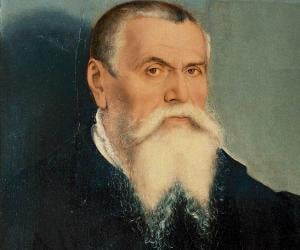
German painter Lucas Cranach the Elder enriched the German Renaissance with his paintings and wood engravings. A court painter of the Electors of Saxony, he specialized in painting both nudes and ladies in fine clothing, and mostly depicted biblical and mythological themes. He also inspired the Danube school of Austria.
Giovanni Bellini was an Italian painter who hailed from the famous Bellini family of painters. Giovanni is credited with revolutionizing Venetian painting, shifting it towards a more coloristic and sensuous style. Best remembered for creating paintings with detailed shadings and rich tints, Giovanni's work had a strong influence on the Venetian painting school.

Paolo Veronese was an Italian painter best remembered for his extremely large history paintings of mythology and religion, such as The Feast in the House of Levi and The Wedding at Cana. The leading Venetian painter of ceilings during his time, Paolo Veronese has always been appreciated for the splendor of his brushwork and the chromatic brilliance of his palette.
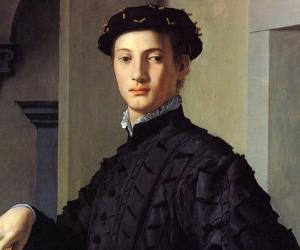
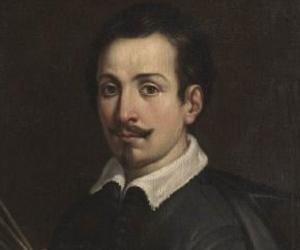
Italian Baroque painter Guido Reni was a major figure of the Bolognese School. His subjects were predominantly mythological and religious figures. Initially inspired by Annibale Carracci, he later deviated to lighter colors and free brushwork. His iconic works include the fresco Aurora and the composition Atalanta and Hippomenes.
Born to a tailor, Annibale Carracci set up a painters’ studio named Accademia degli Incamminati with his brother and cousin, thus establishing the famous Carracci family of painters. A significant figure of the Baroque movement, he is remembered for his iconic works such as Domine, Quo Vadis?
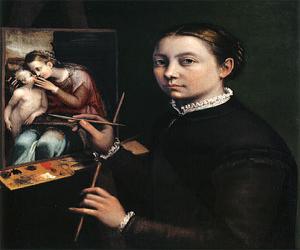

Flemish painter Jan Brueghel the Elder is perhaps best remembered for his floral still lifes and landscapes. The second son of legendary Flemish artist Pieter Bruegel the Elder, he was also nicknamed "Velvet" Brueghel and "Flower" Brueghel and was a court painter of Holy Roman Emperor Rudolf II.
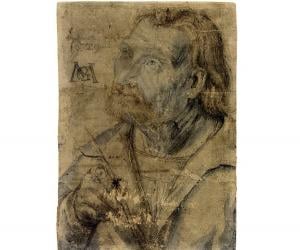
German Renaissance painter Matthias Grünewald, also known as Master Mathis, was the court painter of the elector of Mainz. His drawings were mostly made in black chalk. Of his religious works, the Isenheim Altarpiece still survives, though most of his works were destroyed in the Thirty Years' War.
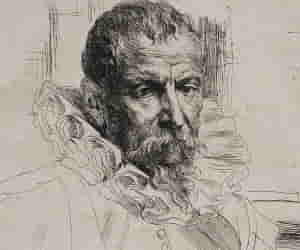
Flemish painter Pieter Brueghel the Younger was the eldest son of legendary Flemish painter Pieter Brueghel the Elder. Mostly known for re-creating his father’s works, he also created numerous original paintings, mostly depicting rural life. His works now adorn museums in cities such as Paris and Amsterdam.
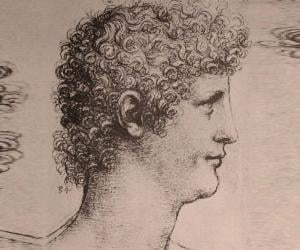
Italian artist Gian Giacomo Caprotti, better known by his pseudonym, Andrea Salaì, or Salai, had been one of Leonardo da Vinci’s favorite pupils. Also known as the Little Devil, he had entered da Vinci’s home at age 10 and later became his muse for paintings such as Bacchus and also his lover.
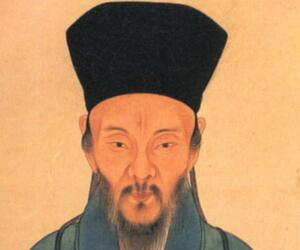
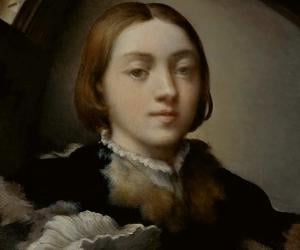
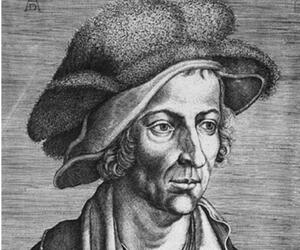
Joachim Patinir was a Flemish Renaissance painter best remembered for painting history and landscape subjects. He is credited with inventing world landscape, a style of panoramic Renaissance landscapes, which is considered Patinir's most significant contribution to Western art. Joachim Patinir also pioneered landscape as an independent genre.
Pontormo was an Italian Mannerist painter and portraitist from the Florentine School. His style was remarkably different from what characterized the art of the Florentine Renaissance. Orphaned young, he struggled for several years before he was able to establish his painting career. He painted many altarpiece canvases and frescoes, of which only a few survive today.
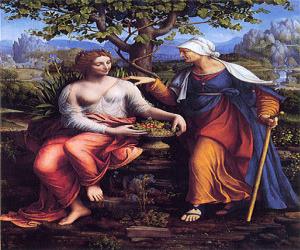
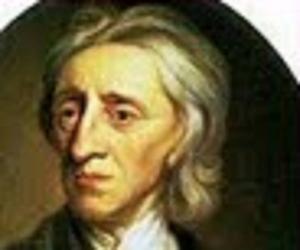
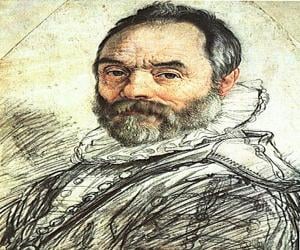
Giambologna was a Flemish sculptor best remembered for his bronze and marble statuary in a Mannerist or late Renaissance style. Among his most important works are Mercury and the Rape of the Sabine Women. He also served as an important influence on other popular sculptors like Pierre Puget, Pietro Tacca, Alessandro Algardi, and Gian Lorenzo Bernini.
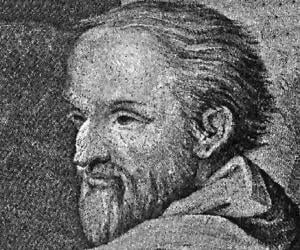
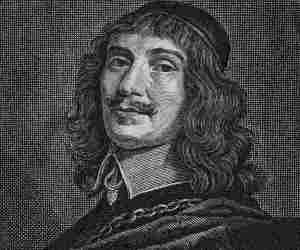
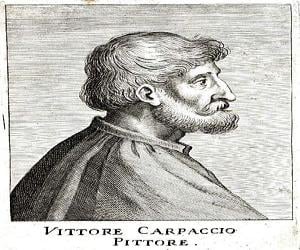

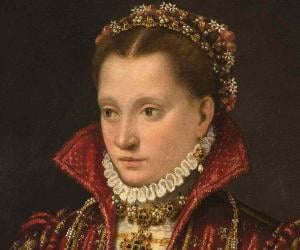
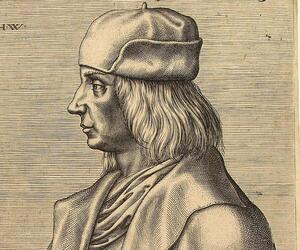
Belgian painter Quentin Massys is remembered as one of the pioneers of the Antwerp school. While he was initially trained as a blacksmith, he began studying painting after falling for an artist’s daughter. His best-known works include The Money Changer and His Wife and The Old Man and the Courtesan.
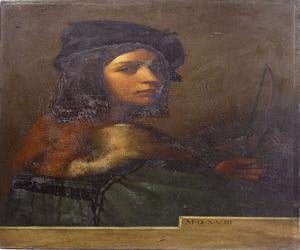
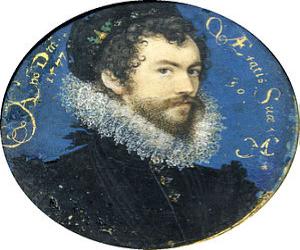
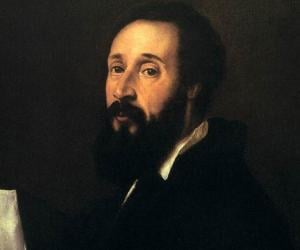
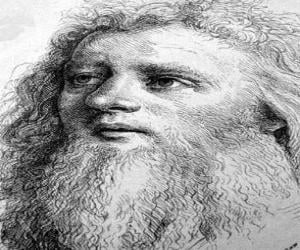
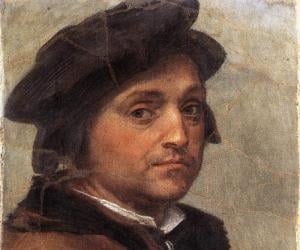
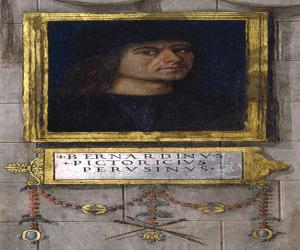
Albrecht Altdorfer was a German painter, engraver, and architect active during the Renaissance. He predominantly worked in Regensburg, Bavaria. He is considered one of the main representatives of the Danube School of painters. He was one of the first artists to focus on landscape as an independent subject. As an architect, he oversaw the construction of several commercial structures.
